
There comes a point in every serious photographer’s life where you want to take a certain kind of picture but you can’t because of your gear. Sometimes this hangup is because of your camera body. Other times, it’s because of your lenses. These outgrown and no-longer-adequate lenses are often kit lenses. So, today, we’re discussing when you know you’ve outgrown your kit lens.
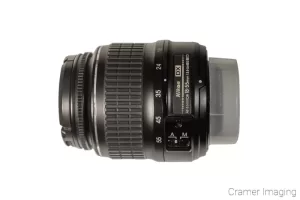
To start things off properly, we need a definition. We need to define what a kit lens is so that you fully understand what we’re discussing.
Here we have a definition of a kit lens as given by Wikipedia.

A kit lens is a “starter” lens which can be sold with an interchangeable-lens camera such as a mirrorless camera or DSLR. It is generally an inexpensive lens priced at the lowest end of the manufacturer’s range so as to not add much to a camera kit’s price. […]
Originally kit lenses were of normal focal length [think 50mm]; more recently kit lenses tend to be inexpensive zoom lenses that range from medium wide angle to mid telephoto for added versatility.
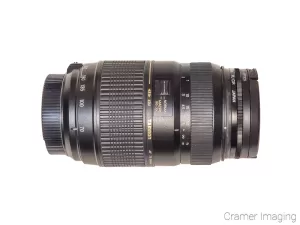
From this we can gather that a kit lens is a lens added to a starter camera kit for a brand new photographer. Kit lenses are meant to be beginner-level friendly yet also fully functional lenses. They will allow for a wide variety of photography while not adding much to the overall price of the camera kit. Some people may never outgrow their kit lenses depending upon what photography they choose to pursue.
So, now that we’ve established what a kit lens is, we can now discuss how you as a photographer might outgrow a kit lens. The answer is simple. You outgrow a kit lens by wanting a particular kind of photo which your kit lens will not allow you to take. There are all kinds of ways that this could happen, so the answer cannot be more concrete than that. However, here are a few examples.


This is not an exhaustive list of possible ways you may have outgrown your kit lens. It’s merely some of the more common reasons. You may find others on your own photography journey.
In my own personal experience, you will know when you’ve outgrown your kit lens. It will become obvious over time. You’ll keep trying a particular kind of photo and it won’t work out for you no matter what you try using your current gear. Perhaps you’ll do some internet research and come to that conclusion. I did.
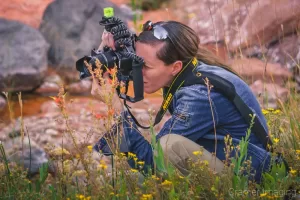
The only way to test this hypothesis is to rent or borrow a lens which will do what you want and see what happens. If you can create the kind of photo you want to using that borrowed lens, then the answer is you’ve outgrown your current kit lens for sure.
I’ve experienced outgrowing my kit lens a couple of times. I may be in the middle of experiencing a third instance. Ironically, it’s the same lens all 3 times. To illustrate what I’m talking about, I’ll break things down for you.
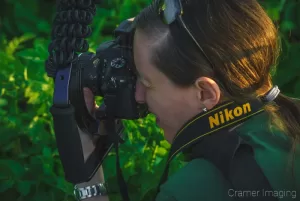
My first instance of learning I outgrew my kit lens was when I was still trying out wedding photography. I wanted to shoot photos of the bride tossing the bouquet. Those are popular shots. However, I couldn’t use any of the photos I captured.

I needed a fast shutter speed to freeze the action of the toss without blurring the flowers. The bouquet toss took place inside so I didn’t have sunlight to help me. My lens couldn’t properly expose the photo at the widest available aperture. The photos were too dark or blurry. Often, they were both. Obviously, I couldn’t give those photos to the couple.

What I needed for that wedding was a lens which could open the aperture wider than f/3.5 at the widest. As my kit lens couldn’t do that, I needed to upgrade to a lens which could. However, I stopped pursuing wedding photography shortly after that so I didn’t upgrade my lens then.
The next time I found I had outgrown my kit lens was after I decided to seriously pursue landscape photography. I found myself drawn to astro-landscape photography which entered the canon fairly recently. Once again, I tried using my kit lenses to capture the stars and the Milky Way. Only my 50mm could do so but it’s not enough. I wanted a wider angle.

This time, I did upgrade my kit lens. I sought out a wide angle lens which would work well for astro-landscape photography. My research uncovered the Nikon 20mm prime lens which opened up to f/1.8. I purchased this lens for myself and my astro-landscape photography efforts started taking off. Check out the photos which that lens captured for me.
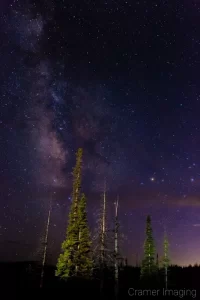
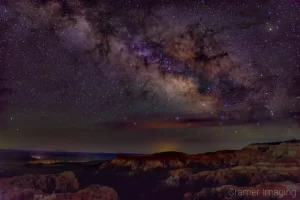
These photos are either single shots or stacked to reduce digital noise. However, they all came about because of my 20 prime lens.
I mentioned above that there’s a possible third time where I outgrew my kit lens. I’m probably in the middle of it now but haven’t (at time of writing) made the upgrade yet.
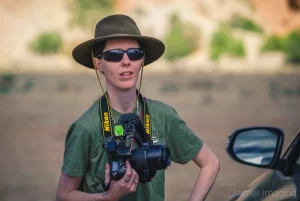
There have been a few times lately on landscape photography photo shoots where I want an ultra wide angle. My kit lens is 18-55mm. At 18mm, there’s a hard line vignette which appears in all 4 corners. Nothing I do removes this vignette except to zoom in a bit. I think it might be the inside of the filters (UV and polarizer) showing up. Either way, there’s been times I want wider. Perhaps 14mm or 16mm would adequately capture the scene without resorting to a stitched panorama.
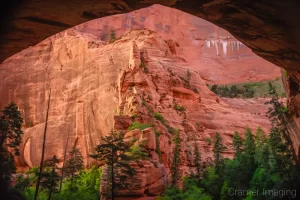
I haven’t yet upgraded, but I’ve started the research into a lens which would meet those requirements and my budget requirements as well. Perhaps I’ll update when I finally upgrade.
In conclusion, you will know when you’ve outgrown your kit lens when you continually run into the same insurmountable problems. Internet research will often give you this answer as well. Renting or borrowing other gear will help confirm.
There’s many different ways where you may outgrow your kit lens. Indeed you may outgrow the same kit lens in multiple ways like I did. The way you solve the problem is to upgrade your gear to a specialty lens in the appropriate direction(s).
Now it’s your turn. What kind of photography do you pursue? How did you outgrow your kit lens? How do you anticipate outgrowing your kit lens? Please share your thoughts in the comments section below.


Receive monthly updates in your inbox from us.

Join our email-only photo of the week club to get the full stories behind how we captured our favorite fine art landscape photos.
We respect your privacy
No More Results
Powered by atecplugins.com